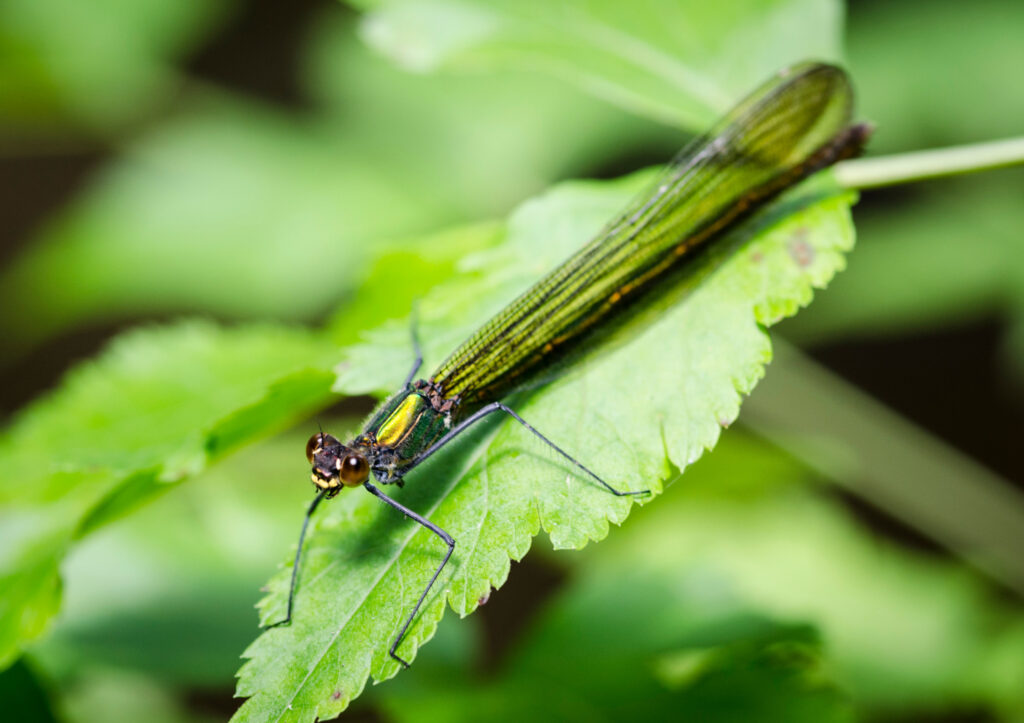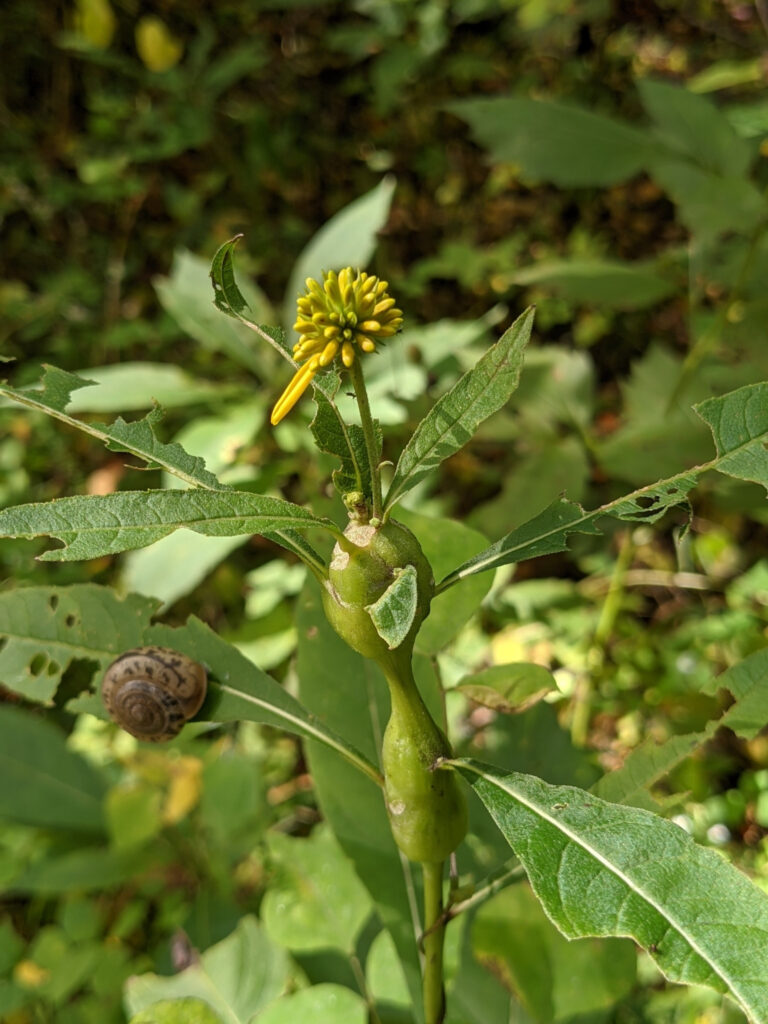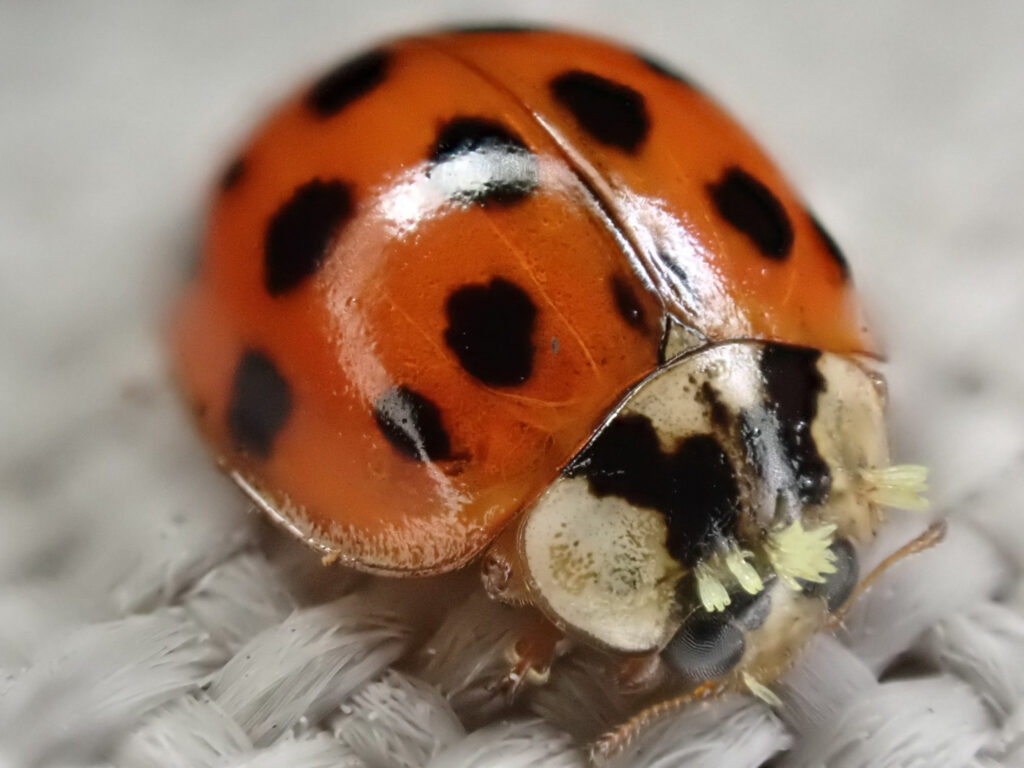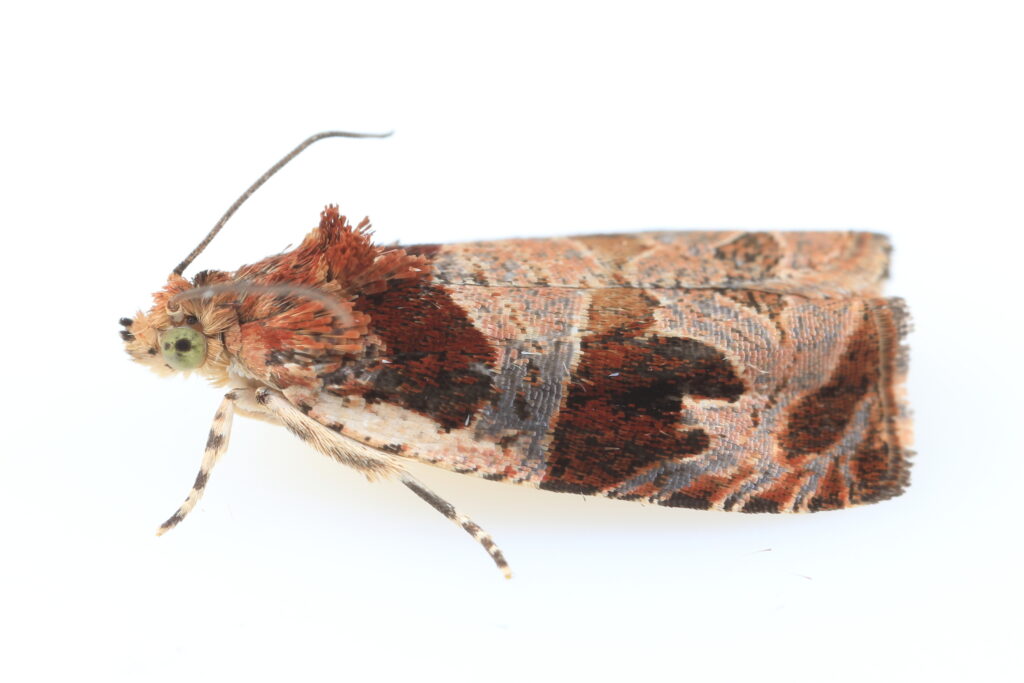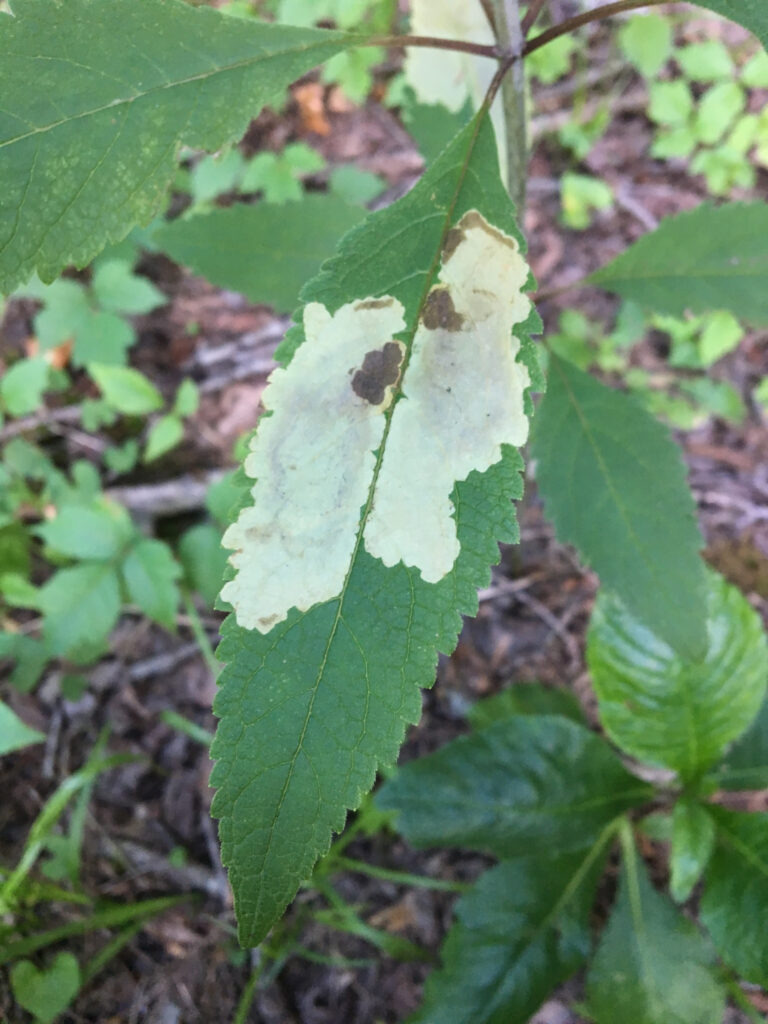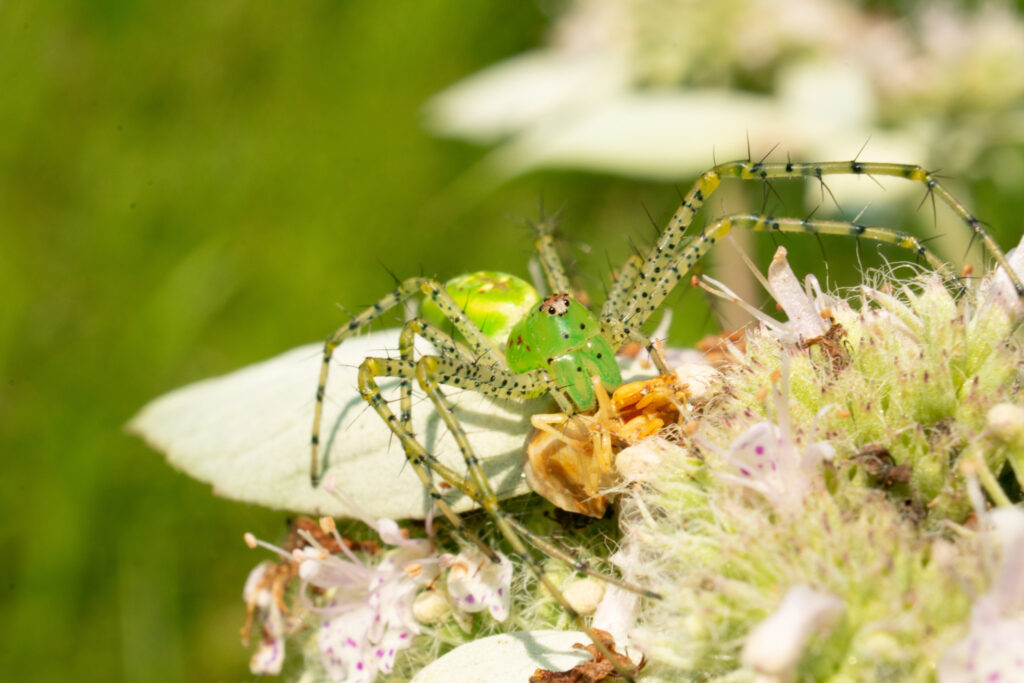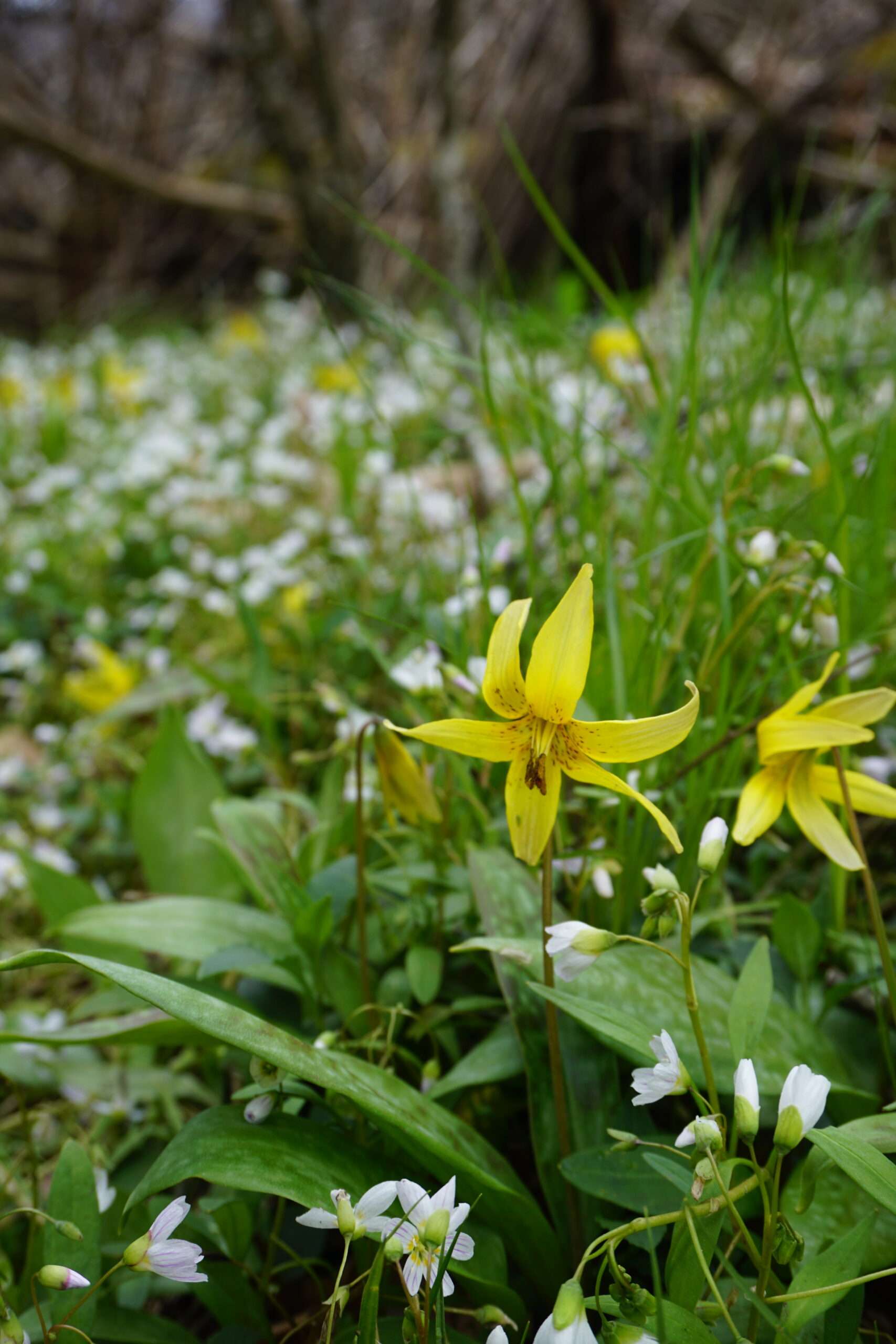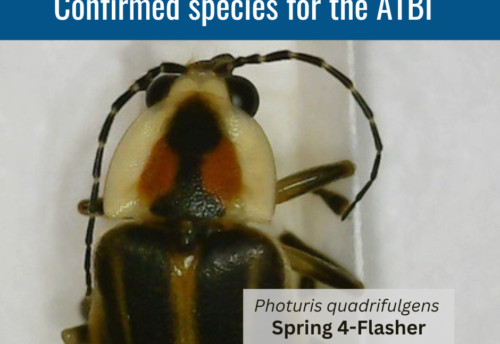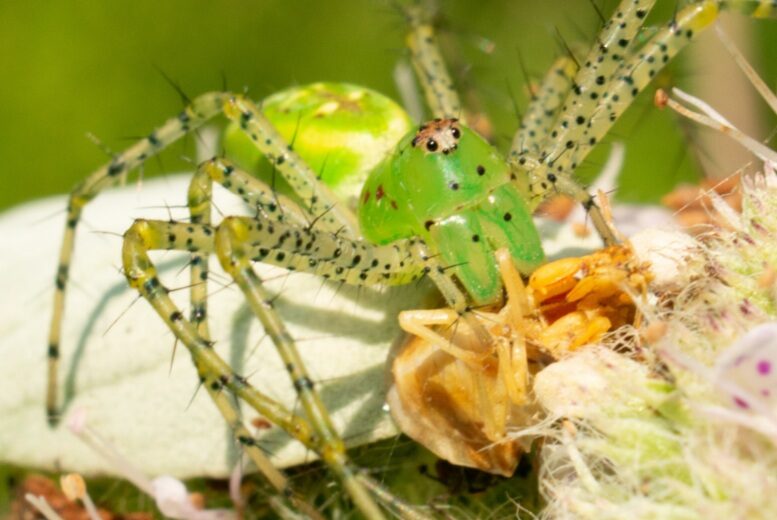
Gatlinburg, TN – Discover Life in America, the nonprofit research partner of Great Smoky Mountains National Park, is inviting the public to participate in its latest project, Smokies Most Wanted, an initiative that allows visitors to help conserve park species by recording sightings of animals, plants and other organisms from their smartphones. Powered by the nature app iNaturalist, Smokies Most Wanted encourages park visitors to document any organism they encounter while hiking, camping, or otherwise enjoying the park — from birds to wildflowers, insects to lichens. DLiA then uses the data collected through iNaturalist for a variety of functions, like recording new park species or detecting invasive ones, learning about under-studied or rare species, and mapping species across the park.
“iNaturalist makes it easy to photograph flora and fauna and to document where and when you found them,” said Will Kuhn, DLiA director of science and research. “And there’s this amazing community of iNaturalist users — from scientists to knowledgeable amateurs — that help you identify what you’ve found. It’s like social media for nature lovers, but also useful!” But for those seeking an additional challenge, DLiA created the Smokies Most Wanted list, comprising around 100 high-priority species that, for various reasons, need additional documentation in the park. “There are lots of fairly common plants and animals around the Smokies that we just don’t have many datapoints for,” said Becky Nichols, park entomologist. “Smokies Most Wanted is a great way for the public to contribute to science in the park, and to help us learn about and protect life in the Smokies.”
The current list identifies 112 sought-after species for visitors to find — including 42 plants, 17 butterflies and moths, 11 birds, and six lichens and other fungi. Among those are 11 species classified as invasive or human-introduced, which are either currently present in the park — like the European hornet — or may soon arrive, like the Asian long-horned beetle. DLiA plans to periodically update the list as new records are made, replacing well-documented species with under-studied ones.
Smokies Most Wanted is an extension of the All Taxa Biodiversity Inventory, DLiA’s ongoing project to catalog all life in the Smokies, for which the nonprofit has long promoted use of the iNaturalist app. So far, iNaturalist users have made some astounding contributions, with 4,100 species recorded in the park by more than 5,700 users, who have submitted over 71,000 iNaturalist observations in the park. The most documented species are great rhododendron, partridgeberry, mountain doghobble, the pipevine swallowtail and yellow wakerobin. Sightings of iconic Smokies species like American black bear, wild turkey and elk come in at No. 12, No. 14 and No. 50, respectively.
Additionally, while searching through those 71,000 iNaturalist submissions, Kuhn and Nichols found 77 species that had not been previously documented in the park, including 69 insect species, seven arachnids, and a fungus that infects ladybird beetles, called green beetle hanger. They expect to find additional new records as more observations are identified.
“It’s really fun to be part of a community where anyone can make meaningful scientific contributions with just a camera and an interest in nature,” said Graham Montgomery, a PhD student at UCLA. Montgomery spent years sampling invertebrates in the park for his graduate research, posting photographs of nearly 1,000 invertebrates to the app. Among them, nine arthropods have been identified as new park records. “I study birds and insects, but I can post a photo of something I know nothing about, like a fish, and knowledgeable experts from around the world can see it and identify it.” He is one of 40 iNaturalist users whose observations in the park resulted in new discoveries.
Of the roughly 60,000-80,000 species living in Great Smoky Mountains National Park, 21,300 have been catalogued to date — and DLiA and its partners hope to continue narrowing that gap with the Smokies Most Wanted project.
“We see Smokies Most Wanted as an opportunity to engage park visitors in a fun, easy and meaningful way,” said Kuhn. “There are millions of visitors to the park each year, but few likely know about or use iNaturalist. If we’re able to get the word out to that crowd, that could mean thousands of new users making tens of thousands of observations — some of which may lead to new discoveries. It’s a fantastic learning tool, and it allows you to help protect life in the Smokies. It’s a win-win!”
For more information about the Smokies Most Wanted project, visit dlia.org/smokiesmostwanted — or browse the list of Smokies Most Wanted species at inaturalist.org/guides/9115.

